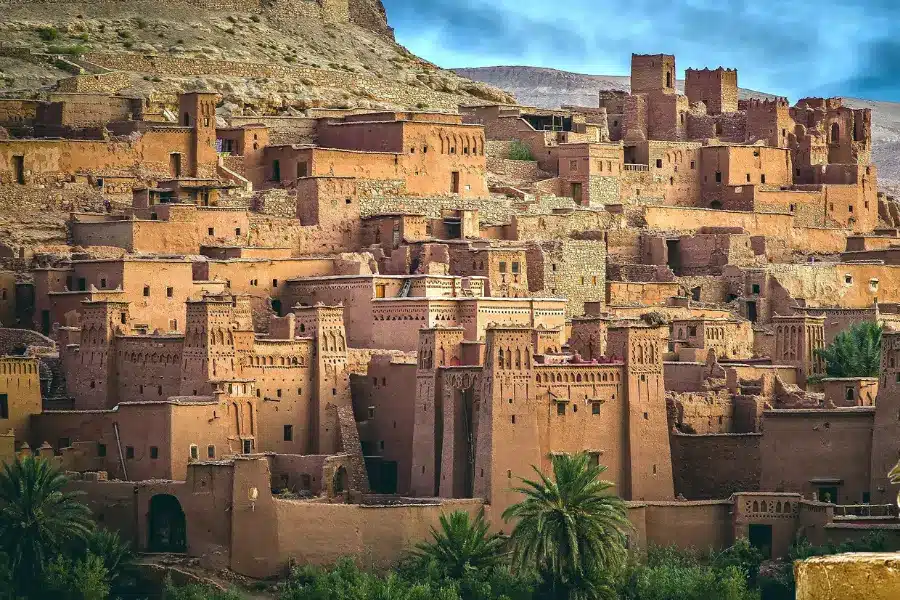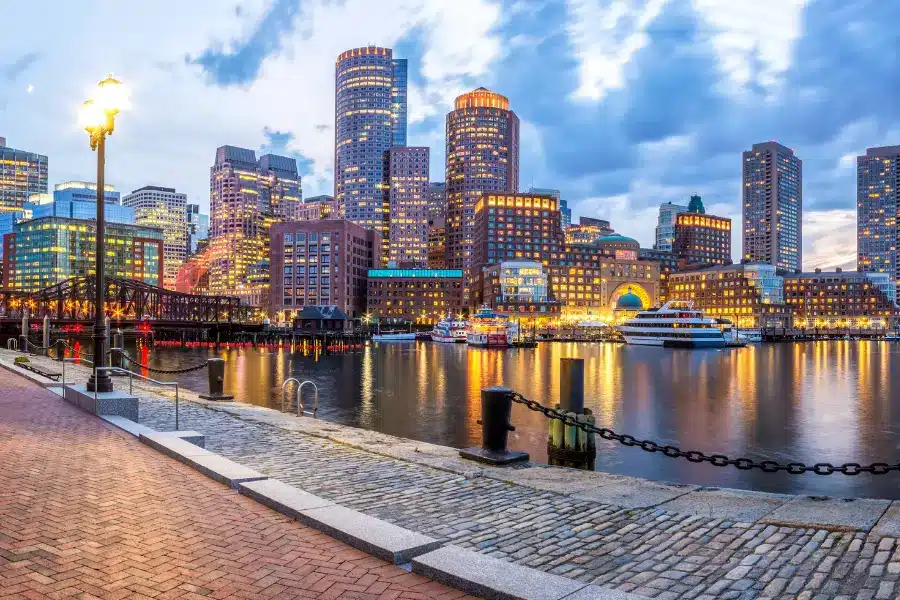Morocco is a place of contrasts and variety, where ancient history and contemporary culture coexist, where natural beauty and bustling cities complement one another.
This country in North Africa is a destination that should not be missed because of its rich history, diversified culture, and stunning scenery. This country has plenty to offer everyone, making it an ideal vacation spot.
The culture of the nation, including its art and architecture, its traditional markets and delectable food, its natural beauties, as well as its one-of-a-kind music and dance, all contribute to making the trip an experience that will stay with you forever.
The architecture of Morocco is one of the most distinctive characteristics of the country’s culture. Many buildings around the nation have exquisite tilework, decorative plasterwork, and bright mosaics.
This is because Morocco is home to a fascinating fusion of traditional Berber, Arab, and European styles. The imperial towns of Marrakech, Fes, and Meknes are home to some of the most well-known and well-preserved specimens of this architecture.
The history of Morocco and the many different cultures that have left their mark on the nation are both reflected in the country’s architecture and it is highly recommended to visit this beautiful destination with an experienced travel agent Morocco.
Souks
The bustling marketplaces of Morocco are referred to as souks, and they are an essential part of the country’s culture. Traditional products like as textiles, pottery, jewelry, and spices may be found in abundance at these crowded marketplaces, which are a hive of activity.
The souks of Marrakech are very well-known, and each tourist who comes to the city should make it a point to explore them.
You may get a feel for the frenetic pace of life in Morocco and pick up some trinkets to take home at the same time if you visit one of the markets.
Riads
The traditional Moroccan house, known as a riad, is also worth mentioning. Riads are typical Moroccan homes that are constructed in the shape of a courtyard in the middle of the house and have high walls to provide shade from the sun.
The architecture of these homes is distinctive to Morocco, and staying in one is an excellent opportunity to learn about the country’s historical practices and customs.
The rooms of the house open out into the courtyard, which is often ornamented with fountains and plants. Riads are traditional Moroccan homes.
The use of natural ventilation is enabled by this architectural style, which also contributes to an atmosphere of insularity and solitude.
Riads are frequently embellished with colorful mosaics, elaborate plasterwork, and tilework, all of which contribute to their overall allure and attractiveness.
A great number of riads have been transformed into guesthouses and hotels, providing tourists with the opportunity to experience the traditional culture of Morocco in an atmosphere that is at once pleasant and elegant.
Music
The history of Morocco and the many cultures that have had an effect on the nation are reflected in the country’s extensive and varied musical legacy.
Music is an essential component of Moroccan culture and may be found being played in a wide variety of settings, from historical events to day-to-day activities.
Traditional music in this nation has its origins in both the Berber and Arabic civilizations. It is performed using a wide variety of instruments, including the guembri, which is a three-stringed lute, and krakebs, which are metal castanets.
Gnawa music is one of the most well-known types of Moroccan music. This kind of music is distinguished by its use of the guembri and the krakebs, as well as by the fact that it is often accompanied by singing and is connected to religious rituals.
The Moussem of Gnawa is a well-known yearly event that takes place in Essaouira and several other places in Morocco. During this festival, the music of Gnawa is often played.
Art and textile
In addition to being varied, the art of Morocco represents the rich historical and cultural heritage of the nation. Tilework in the style known as zellige is one of the most well-known examples of Moroccan art.
Tiles like these are crafted by hand and showcase elaborate designs based on geometric shapes. Traditional Moroccan zellige tilework is a wonderful illustration of the country’s rich artistic heritage, and it is often employed to embellish the walls and floors of Moroccan structures.
In addition, it is important to highlight Moroccan fabrics. Kilims and Berber carpets are only two examples of the traditional woven textiles that this region is famous for producing.
These textiles are often crafted by hand, and their patterns and motifs are generally quite detailed. The textiles are a terrific way to get a feel for the traditional art of Morocco as well as a reflection of the nomadic background that the nation has.
Landscapes
In addition to its cultural attractions, Morocco is famous for its breathtaking scenery and natural treasures. Anyone who is interested in participating in outdoor activities should make it a point to visit the Atlas Mountains, which are situated in the middle of the nation.
The area is home to a large number of Berber settlements and provides a wonderful chance to see living in a traditional setting in Morocco.
Desert sections of the country are equally beautiful and worth seeing; the Sahara is one of the most well-known attractions in this part of the world.
The nomadic Berber people have a distinctive culture that may be experienced by tourists on camel treks or 4×4 tours across the huge sand dunes of the region.
In conclusion, the rich and varied cultural history of Morocco is reflected in the nation’s art and architecture, both of which represent the history of the country and you will be able to get the most out of your trip if you are traveling with the experienced travel agent Morocco.
There is a wealth of history to uncover in this enthralling nation, from the ancient Roman ruins at Volubilis to the ornate tilework and plasterwork of the imperial towns, and everything in between.
The use of geometric patterns and the traditional Moroccan house, the zellige tilework, and traditional textiles are just a few examples of how the country’s history and cultural influences can be seen in the art and architecture of Morocco.
Other examples include the blend of traditional Berber, Arab, and European styles, the use of zellige tilework, and traditional textiles.
Bio
Exploring Morocco Travel is a travel agency that believes that travel is about more than just seeing new places and that is why we are dedicated to providing our clients with authentic and meaningful experiences that will stay with them long after their trip is over.




